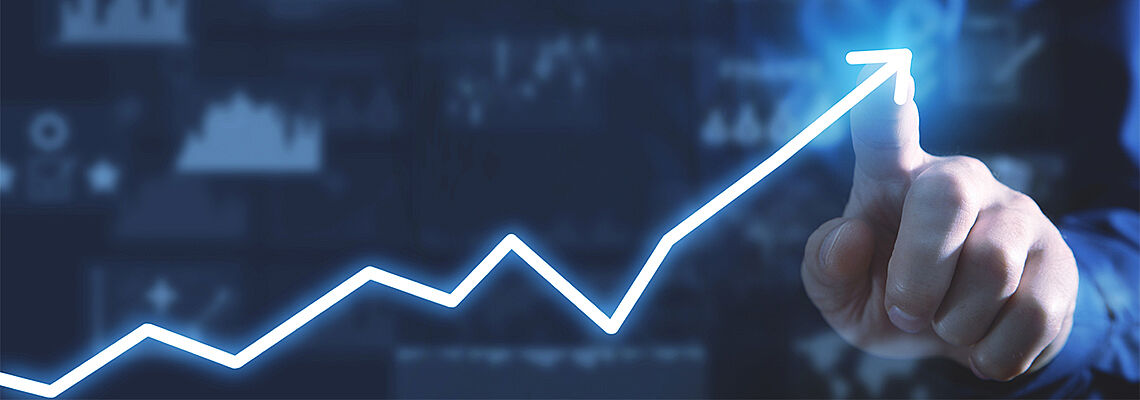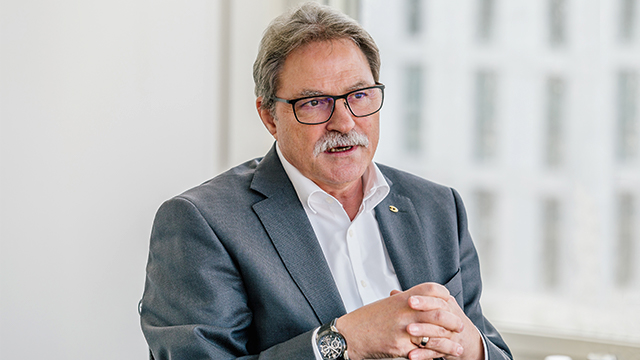Newsletter
Exclusive expert tips, customer stories and more.

Video security technologies are moving further and further away from “classic surveillance“. In the following blog post, Dieter Dallmeier, CEO at Dallmeier electronic, answers questions about video security applications that will shape the years ahead and about the associated risks in terms of cyber security and data protection.

Mr Dallmeier, what do you consider to be the most important new possibilities and applications that will determine the trend in video surveillance technology for the upcoming years?
Certainly, first and foremost, video-based analysis with artificial intelligence. Here we are at the peak of the “hype cycle“: In some areas, expectations will turn out to be far too high. In others, there will be applications that we can’t even imagine yet, when AI, edge computing / IoT, big data analytics and modular software platforms fully realise their potential in the diversity of collaboration. It is important to understand that even with analytics and related technologies, the secret lies in diligence. An analysis can only be as good as the quality of the analysis data itself. This makes the quality of image capture and processing even more important. The basic optical problem that too many cameras are needed, especially for large areas, or that “megapixel battles“ are fought, which then overload the infrastructure and budgets, still exists. The same applies to neural networks: the design of customised, carefully trained neural networks tailored to the respective requirements will become increasingly important. In this respect, we also expect a change of direction away from cheap mass-produced goods back to engineering quality. In general, we will see cameras developing much more in the direction of “optical data sensors“ in the future. This will open up more and more fields of application that will have little or nothing to do with classic “surveillance“.
What risks in terms of cybersecurity and data protection are involved and how can they be minimised?
It is interesting that many AI considerations have not even begun to think seriously about the issue of cybersecurity. Just think about the damage that could be caused, for example, by manipulating traffic sign recognition in autonomous or semi-autonomous driving – if the stop sign suddenly becomes an 80 km/h restriction. The more autonomy we grant our assistance systems – and this is no different with video technology, for example, if false alarms are to be minimised – the more important the topics of data protection and data security become. In addition to many technical and organisational possibilities to minimise the damage, we also see very clear advantages here with European or German manufacturers. Our Western understanding of privacy, political independence and human rights has historically come about through much suffering. Data protection and data security are, so to speak, in our cultural DNA. And even if that sounds brash: I think manufacturers and customers should take on more responsibility together in the future, not least for our own markets. This also includes not reflexively always choosing the most favourable solution – which, by the way, is often only supposed to be the most favourable – but the one that expresses the greatest ethical responsibility. Perhaps this is also the safest solution, not least because of this.